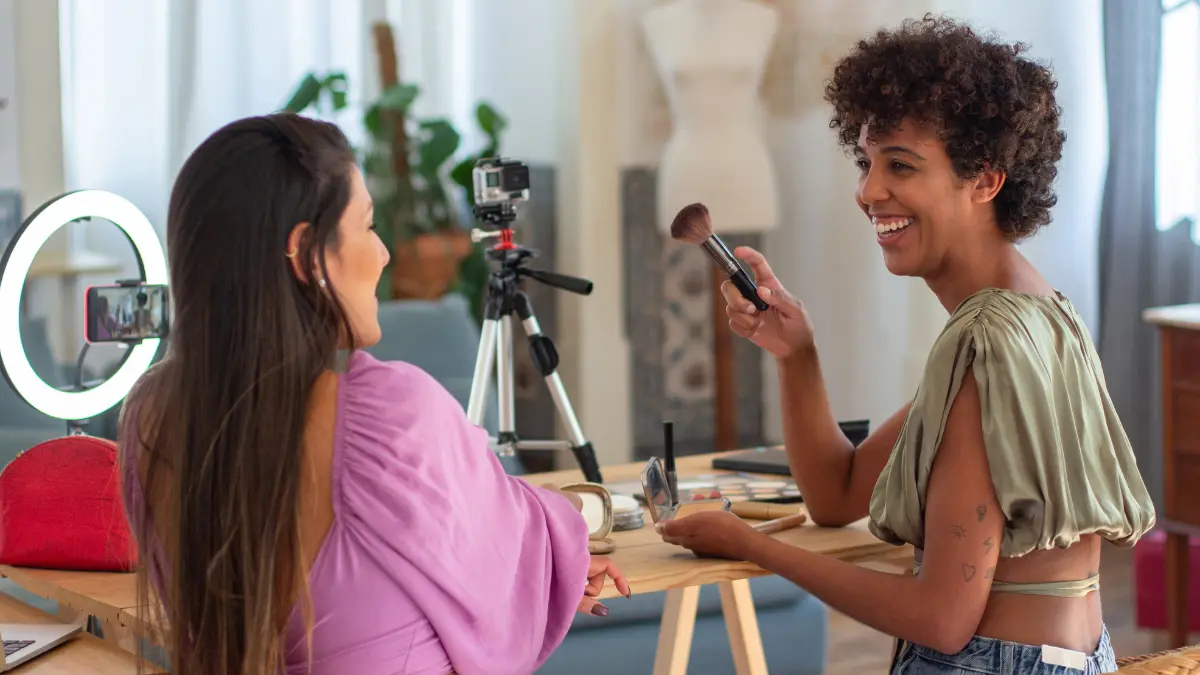Web 2.0 marked a turning point in the way we interact with the internet and one another, shifting the paradigm towards the participatory or social web we know today. With an emphasis on user-generated content, this new framework gave full power to the users to shape the online experience, forever changing the way we create and consume information and entertainment. And for the generation who grew up with it, it’s the only way we know.
Enter Mobile User Generated Content
And then came mobile. Our phones have become full all-in-one content creation and consumption instruments, and pretty much extensions of our very selves. The stats speak for themselves. For the past three years, 50% of all web traffic has consistently been coming from mobile devices, nearly doubling from just 6-7 years ago. Even more staggeringly, 98% of Facebook users access the platform by mobile, with 80% using Facebook only on mobile devices.
With social networks weighing heavily towards mobile users (Instagram, Snapchat and many others were born as mobile apps), it makes sense for marketers to focus their efforts on reaching audiences on mobile first and foremost, especially when it comes to millennials, who are notoriously difficult to market to using old techniques. This is where mobile user generated content comes into play as an essential tool in the modern marketing arsenal.
-min.avif)
Brand Generated Content vs User Generated Content
Modern consumers, and millennials and gen-Z more-so than anybody, don’t like being talked at or marketed to. They’re also very good at recognizing when corporations are trying to sell them something and even more so when those corporations are disingenuous in their messaging. Brands have had trouble engaging this demographic because they want sincere, peer-driven sharing and authentic discovery rather than the brand generated content and ads of old.
Millennials don’t mind product placement, brand mentions or even short ads as long as they come from and support personalities that they like and trust. And they most of all like and trust people like themselves. User generated content from their direct peers or people who entertain and inspire them like their favorite Instagram influencers and YouTube vloggers resonates far more with this demographic than content directly produced and marketed by brands.
As a brand, the best thing you can do to market yourself is let your customers speak for you. Despite common myths and perceptions, millennials are actually more likely than any other demographic to maintain brand loyalty once they find what they like. And best of all they proudly share their preferences with their circles, becoming your best brand ambassadors in the process.
It’s content created by users rather than brands themselves, that get to a millennial’s heart.
-min.avif)
An Appetite for More Mobile User-Generated Content
And as we enter an increasingly mobile-dominated social arena, the appetite for user-generated content across all mobile platforms is only going to grow. The meteoric rise of TikTok showed us that the demand for quick and fun content from other people, even ones you don’t know, is apparent, and that the boundaries between creators and consumers are increasingly blurring. More and more we are all becoming content creators in our own ways, even if only among our own circle of friends.
The millions of mini social networks that we all create around us are a powerful source of brand awareness, and an opportunity for brands to connect with real people through real content that wasn’t written and produced inside a studio, far away from the realities of their customers’ everyday life.
-min.avif)
Social Media Tools for User-Generated Content
For brands looking to fully utilize the power of social media and for content creators looking for collaboration opportunities, Insense is a creative platform that connects 35K+ creators and Influencers with brands to generate custom content for Instagram, Facebook, Snapchat, YouTube and Tiktok at scale and at any budget. On Insense, you can get custom mobile-focused creatives in as little 5 business days. And creators get the tools they need to get the job done.
Just some of the things that brands are creating on Insense:
- Product demonstrations and unboxing videos. 60% of shoppers say online video has given them ideas or inspiration for their purchase.
- Video testimonials and reviews. 32% of US shoppers follow fashion influencers because they provide product reviews on potential purchases.
- Photography and any other creatives you may need for your brand.
- An integrated dark posting and whitelisting feature for Facebook and Instagram so you can run sponsored ads through your creators’ handles, driving 3X return on ad spend.
Schedule a free demo today and see how Insense can help you reach your campaign goals.




-min.jpeg)





